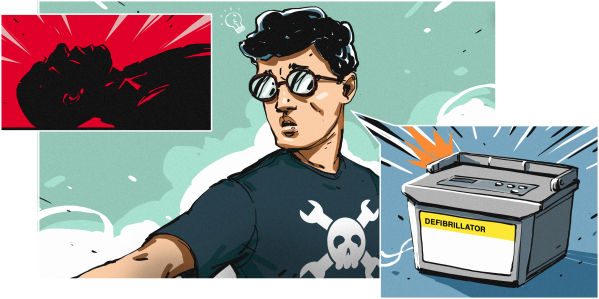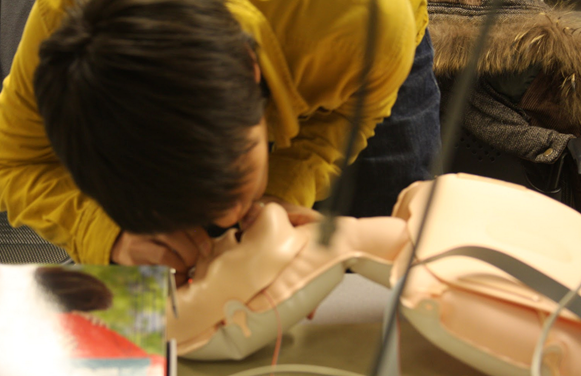Four highschool students in Lyon France are building a CPR robot, with the aim of removing the endurance problem faced by those delivering this form of essential first aid.
By every after action report, CPR is an emotionally and physically exhausting way to save a life. When someone’s heart stops beating their breathing stops too. After that there’s a very small window in which to keep just enough oxygen in the blood to prevent brain damage and organ failure. A person has to precisely position their hands and press, repeatedly, with enough force to break someone’s sternum in order to keep their heart pumping; sometimes for over fifteen minutes waiting for rescue to arrive. On top of that, depending on which school of thought they learned the technique, they may be required to also force air into the patients lungs.
While this pushes the boundary of human endurance, a robot would not have the same issue. In fact, many of the existing problems are solved. CPAP Machines can force air into lungs all day long. A motor and a mechanism could position and provide the mechanical pumping motion to keep the blood flowing. Sensors could tell when the heart takes back over. The machine is currently a proof-of-concept built from plywood, and off-the-shelf parts. Yet it can maintain the 30 compression – 2 breath cycle indefinitely on a CPR Dummy.
It’s an interesting idea; while defibrillators do exist, they don’t always get the heart going in time. We wonder if someone more medically inclined can weigh in on this interesting idea.

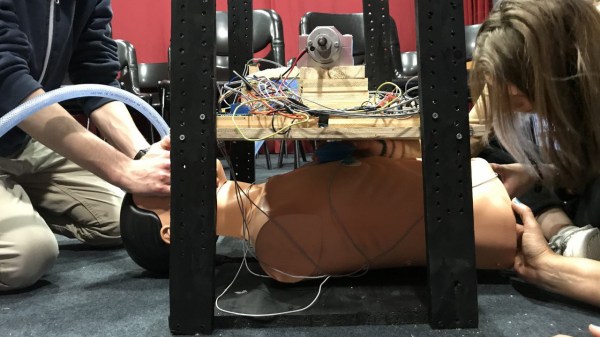



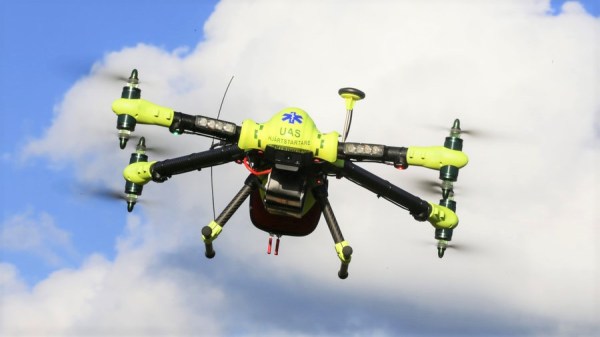
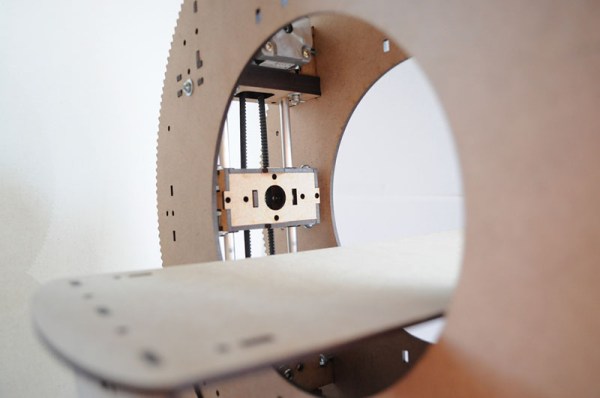
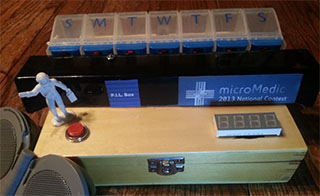 Medical builds are a tricky subject, but over the years we’ve seen a few that stand out. Some can be as simple as
Medical builds are a tricky subject, but over the years we’ve seen a few that stand out. Some can be as simple as  Of course with 3D printers, you have a bunch of prosthesis applications; from a nine-year-old
Of course with 3D printers, you have a bunch of prosthesis applications; from a nine-year-old 